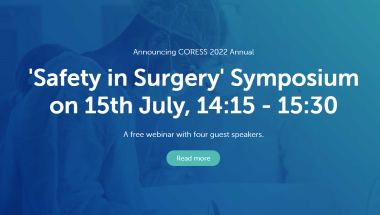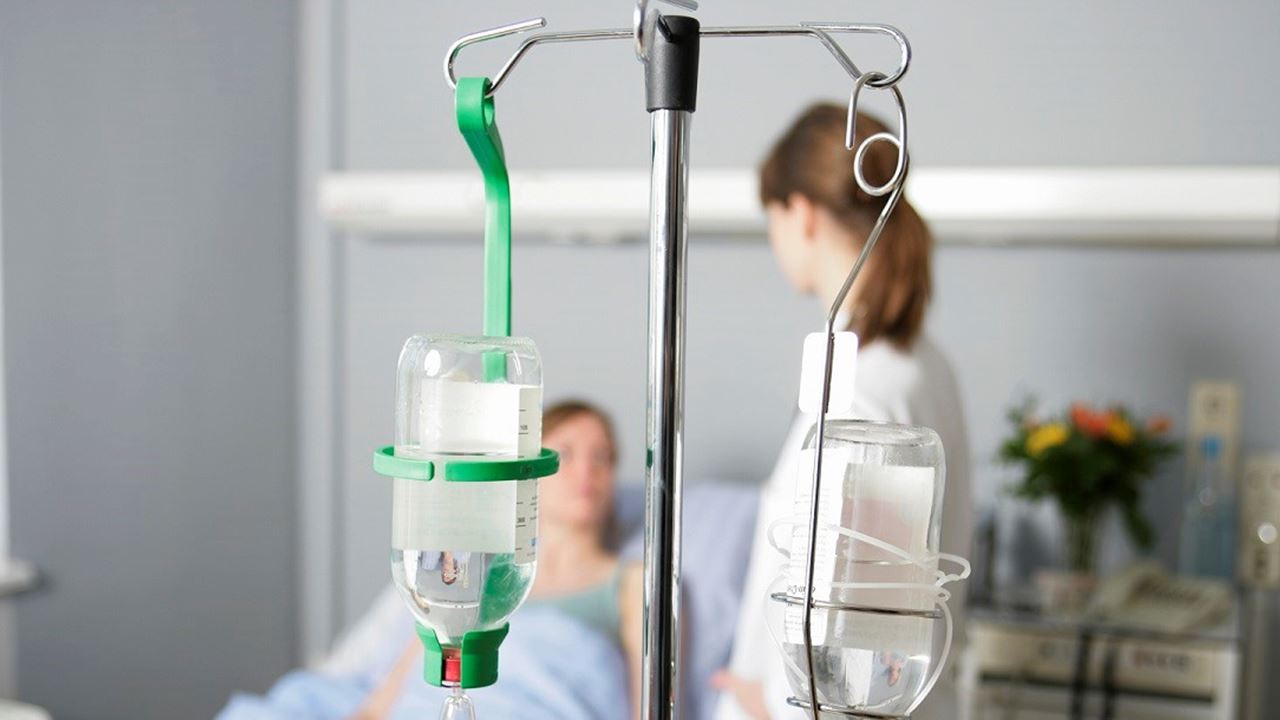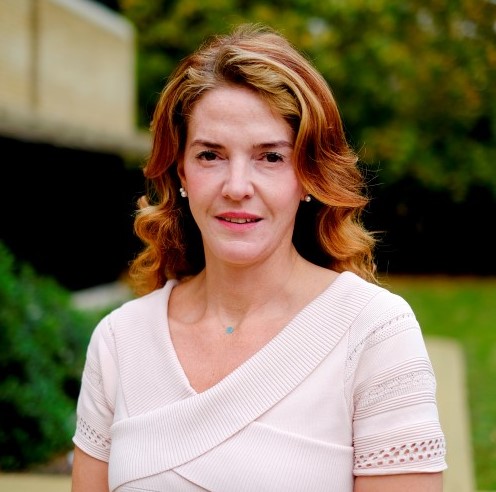
The CORESS event was chaired by the Lord Ribeiro. Click here for a recording of the event, which also featured Mr John Machin, Clinical Lead for Litigation at GIRFT; Dr Annie Hunningher, National Safety Standards for Invasive Procedures Lead, and Professor Ashok Handa, Director of the Collaborating Centre for Values-based Practice.
What role should medical insurers play in patient safety? I’d argue AXA Health is a key stakeholder in the complex system that protects patients from avoidable harms – and this month my colleague, Dr Pallavi Bradshaw, spoke at the CORESS Safety in Surgery Symposium about how we’re leading by example.
(CORESS promotes safety in surgical practice by encouraging operating theatre staff to report, in complete anonymity, near misses as well as incidents. Dr Bradshaw, AXA Health Deputy Chief Medical Officer, sits on the CORESS advisory board that reviews and publishes the learnings from these reports.)
We in the private sector need to support each other and build an open and transparent culture, given that the case of Ian Paterson, the rogue breast surgeon, has highlighted gaps in governance.
At AXA Health we use our influence to improve patient safety and promote an open, learning culture in our organisation and with the doctors and hospitals we work with.



